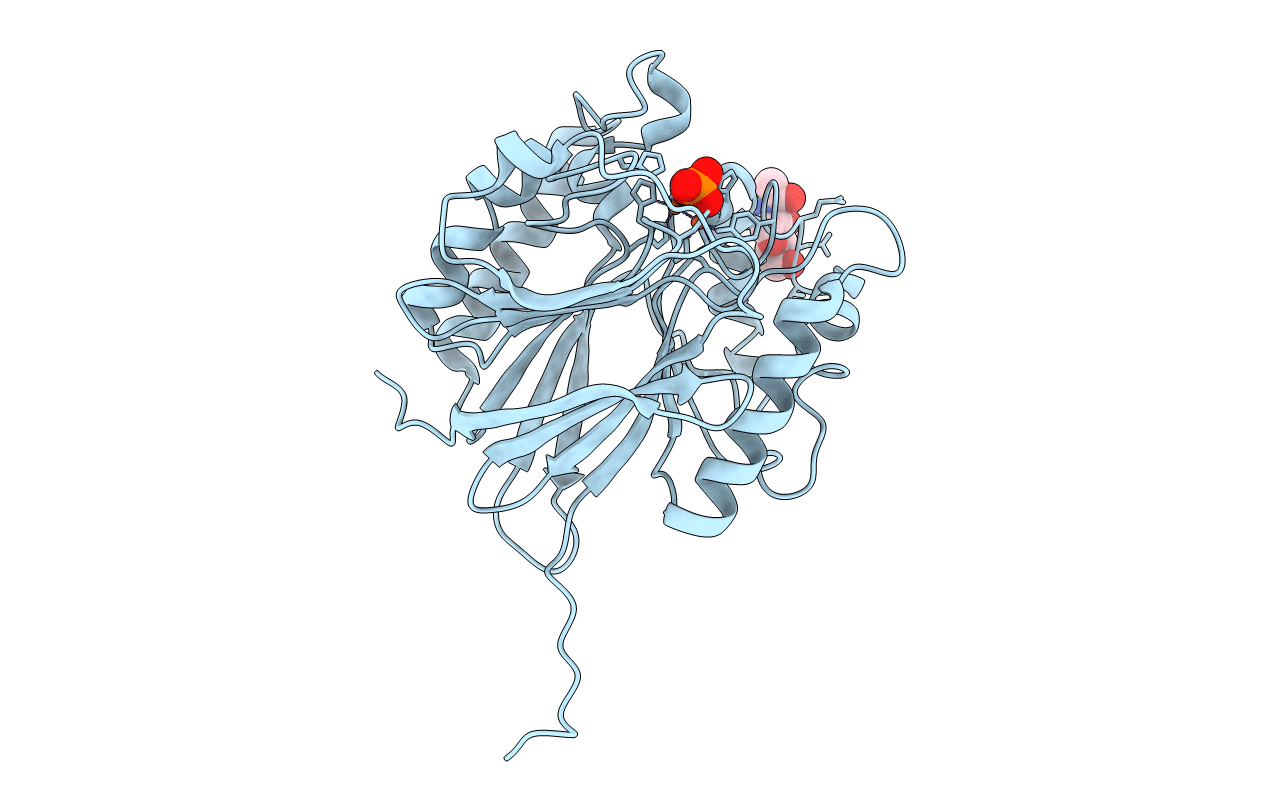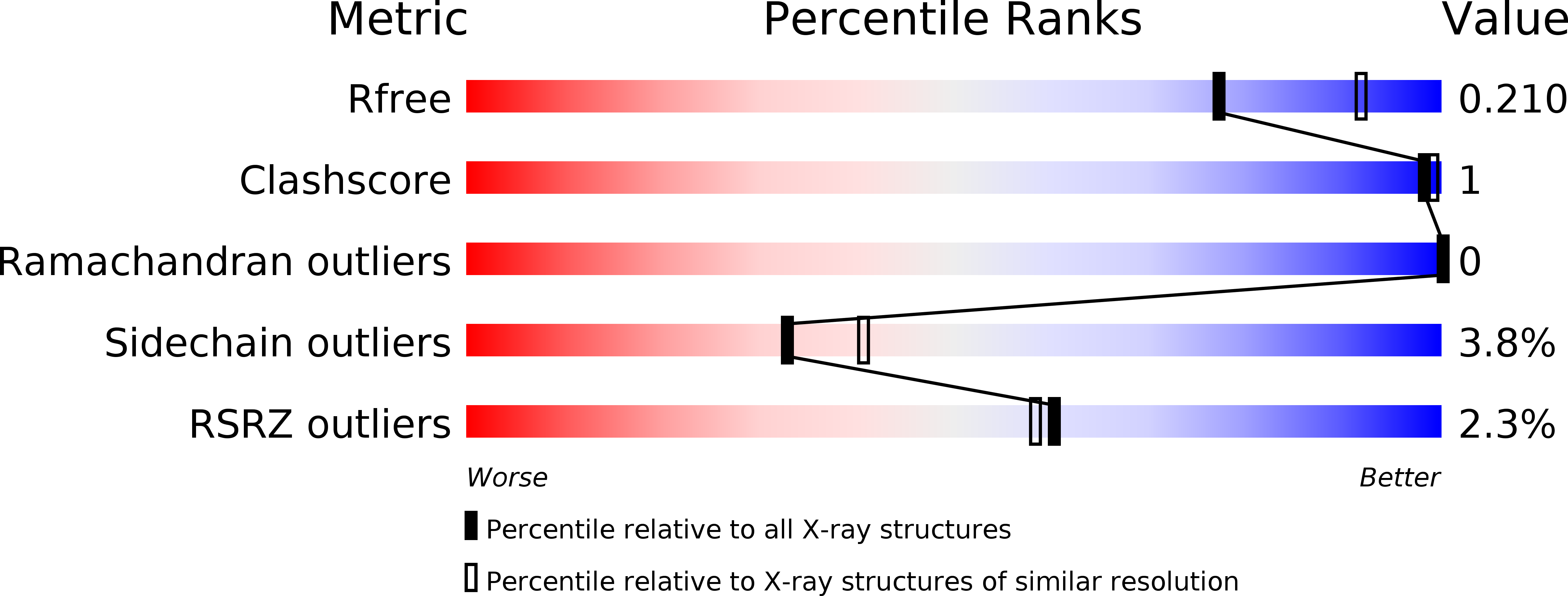
Deposition Date
2004-10-28
Release Date
2005-07-06
Last Version Date
2024-11-20
Entry Detail
PDB ID:
1WAR
Keywords:
Title:
Recombinant Human Purple Acid Phosphatase expressed in Pichia Pastoris
Biological Source:
Source Organism:
HOMO SAPIENS (Taxon ID: 9606)
Host Organism:
Method Details:
Experimental Method:
Resolution:
2.22 Å
R-Value Free:
0.19
R-Value Work:
0.13
R-Value Observed:
0.14
Space Group:
P 43 21 2


